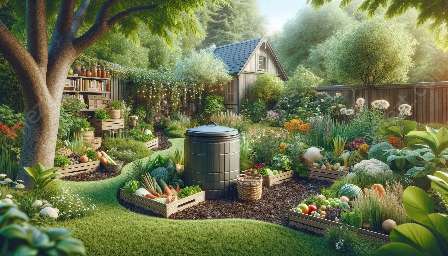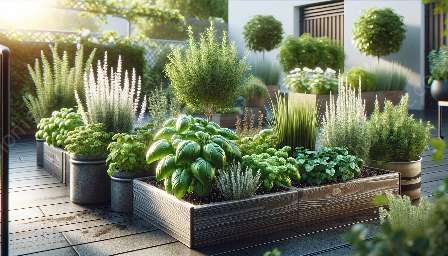Plant propagation is a fascinating process that allows gardeners to replicate and expand their plant collections, making it an essential aspect of gardening and home improvement. In this comprehensive guide, we will explore the various methods of plant propagation, including seed saving, cuttings, and division, and how they can contribute to the creation of a beautiful and bountiful garden.
The Importance of Plant Propagation
Plant propagation plays a crucial role in gardening and home improvement by enabling individuals to propagate their favorite plants and create new ones from existing ones. It is an excellent way to save money, preserve rare or heirloom plants, and add diversity to the garden.
Moreover, plant propagation allows individuals to experiment with crossbreeding and hybridization, leading to the creation of unique plant varieties perfectly suited to their local climate and soil conditions. This can significantly enhance the overall aesthetics and functionality of their home garden, making it a valuable asset to any home improvement project.
Methods of Plant Propagation
1. Seed Saving
Seed saving is a fundamental method of plant propagation that involves collecting and storing seeds from mature plants for future sowing. It is an economical and sustainable way to propagate plants, particularly for annuals and biennials.
By saving seeds from the strongest and healthiest plants, gardeners can perpetuate desirable traits such as disease resistance and vigor, contributing to the overall success of their garden and home improvement efforts.
2. Cuttings
Cuttings involve taking a piece of a plant's stem, leaf, or root and inducing it to grow into a new plant. This method is widely used for propagating woody plants, such as shrubs and trees, as well as herbaceous plants and houseplants.
Through careful management of environmental conditions and hormone treatments, gardeners can effectively propagate a wide variety of plants through cuttings, offering them the flexibility to expand their plant collections and enhance the aesthetic appeal of their garden and home.
3. Division
Division is a straightforward method of plant propagation suitable for perennial plants that naturally produce multiple stems or clumps, such as ornamental grasses and herbaceous perennials. It involves digging up the plant and dividing the root mass into several sections, each of which can be replanted to produce a new plant.
By regularly dividing and transplanting perennials, gardeners can rejuvenate and expand their garden beds, creating visually stunning displays and contributing to the overall curb appeal and value of their home.
Tips for Successful Plant Propagation
Successful plant propagation requires attention to detail and adherence to best practices. Key tips include proper timing, environmental conditions, and care for the propagated plants. Additionally, utilizing high-quality tools and materials can greatly enhance the success rate of plant propagation endeavors, ensuring a bountiful and diverse garden for home improvement.
Conclusion
Plant propagation is a versatile and rewarding practice that holds great potential for enhancing both gardening and home improvement efforts. By mastering the various methods of propagation, individuals can create personalized plant collections, optimize their garden's beauty and functionality, and significantly elevate the overall appeal and value of their home.












































